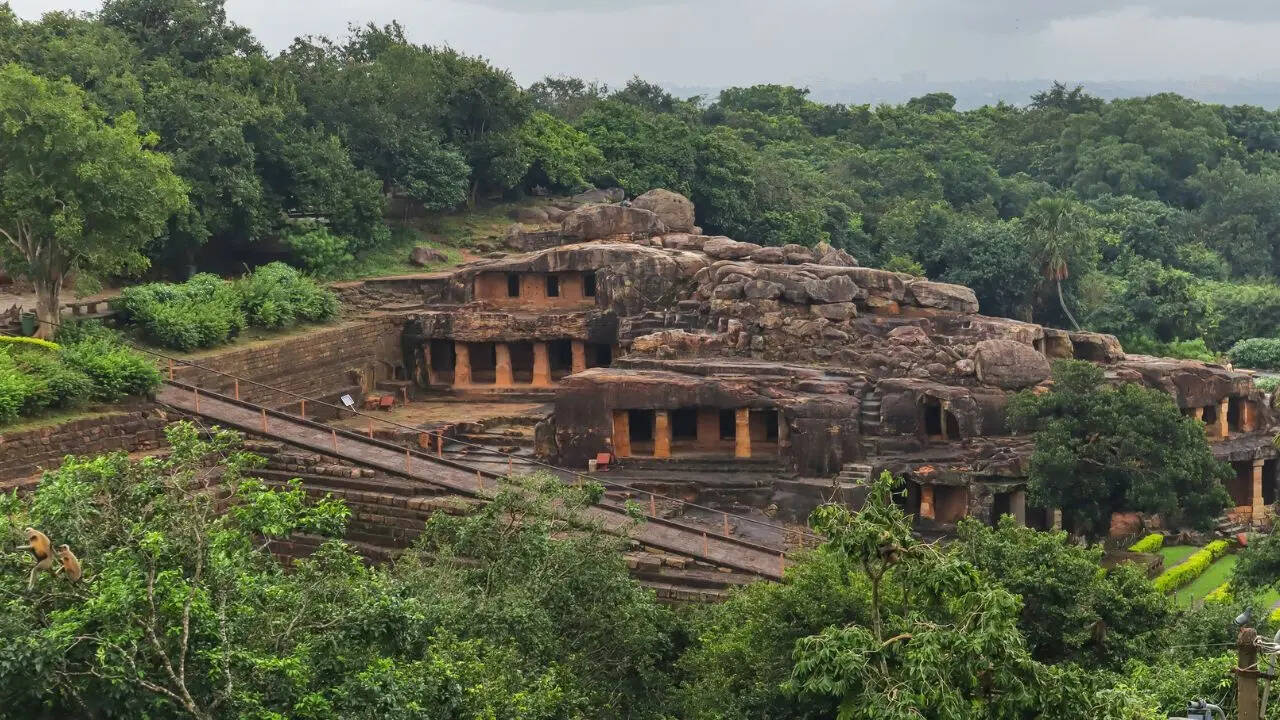Before you start ticking off places, it’s important to know that Bhubaneswar is one of the oldest cities in India, with references dating back to the 3rd century BCE. It was once part of the ancient Kalinga kingdom, which saw one of the most significant moments in Indian history: the Kalinga War, after which Emperor Ashoka embraced Buddhism. Often overshadowed by more touristy counterparts, the capital of Odisha is easily one of India’s most underrated travel destinations. But for those who do make the journey, it’s a rewarding mix of ancient temples, tribal culture, sumptuous street food, and rich history that stretches back over 2,000 years. Here’s why Bhubaneswar, often called the ‘Temple City of India’, should be on your travel list. Must-Visit Places In Bhubaneswar Lingaraj TempleThis 11th-century masterpiece is the crown jewel of Bhubaneswar’s temple landscape. Dedicated to Lord Shiva, it’s an architectural marvel with soaring spires, detailed carvings, and an atmosphere that makes even non-believers pause. While only Hindus are allowed inside, the outer viewing platform gives you a panoramic view of this temple. Mukteswar Temple Often called the ‘Gem of Odisha architecture’, this smaller temple (also dedicated to Lord Shiva) from the 10th century is comparable to Lingaraj in beauty, thanks in part to the intricate carvings that adorn the structure. Keep an eye out for the ornamental torana (arched gateway) that feels like it belongs on a postcard. Udayagiri & Khandagiri CavesA famous tourist pitstop in the area, these ancient rock-cut caves were carved by Jain monks over 2,000 years ago. Some are meditation cells, others hold faded inscriptions and sculptures but all offer panoramic views of the city and a foray into the region’s history. Dhauligiri HillsFamous for being the site where the historical Kalinga War was fought between the Mauryan and Kalinga Kingdoms, the Dhauli Giri Hills, straddled by the Daya River, is one of the city’s major tourist attractions. To commemorate the way and the transformation of Emperor Ashoka, who turned to Buddhism after the war, a memorial in the form of a stupa has been built here. It is called the Shanti Stupa or Peace Pagoda. You can also visit the Ashokan Rock Edicts, located at the bottom of the hills. Nandankanan Zoological Park Located on the outskirts of Bhubaneswar, this park is where you can spot rare animals like orangutans, pangolins, white tigers and more. The park is also known for successfully breeding endangered Gharials in 1980. Rajarani TempleWhile there is no presiding deity inside this temple, it is believed to be dedicated to Lord Shiva. Built in Kalinga temple architectural style, with red and yellow coloured sandstone that is referred to as ‘Rajarani’ in the local language, this temple stands out for its erotic sculptures and beautiful gardens. How To Reach BhubaneswarBy Air: Biju Patnaik International Airport connects Bhubaneswar to all major Indian cities. By Rail: One of the most well-connected rail junctions in eastern India.
